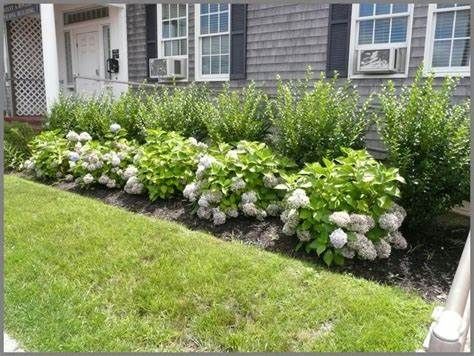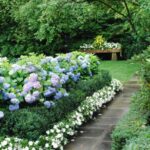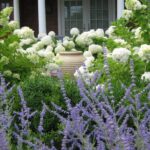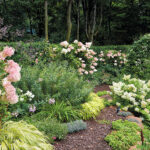Hydrangeas are a popular plant choice for many gardeners due to their vibrant and diverse blooms. However, in order to truly make the most of these gorgeous flowers, it is important to properly landscape and care for them. Here are some tips for landscaping hydrangeas to ensure they thrive in your garden.
When choosing a location for your hydrangeas, it is important to consider their sunlight and water needs. Hydrangeas prefer partial shade, so it is best to plant them in an area that receives morning sun and afternoon shade. Additionally, hydrangeas require moist, well-drained soil to thrive, so be sure to water them regularly, especially during hot, dry periods.
To create a visually appealing landscape with hydrangeas, consider planting them in clusters or rows. This will not only showcase their beautiful blooms but also create a cohesive and structured look in your garden. You can also mix hydrangeas with other plants that complement their colors and textures, such as hostas or ferns, to create a harmonious landscape design.
Pruning is essential for maintaining the health and shape of your hydrangeas. It is best to prune hydrangeas in late winter or early spring before new growth emerges. Remove any dead or damaged branches, as well as any spent flowers, to encourage new growth and blooms. Be sure to also prune any overgrown or leggy branches to maintain a tidy appearance.
In terms of maintenance, hydrangeas benefit from regular fertilization to ensure they receive the nutrients they need to thrive. Use a slow-release, balanced fertilizer in early spring and again in midsummer to promote healthy growth and abundant blooms. Additionally, mulch around the base of your hydrangeas to help retain moisture and suppress weeds.
Finally, it is important to protect your hydrangeas from pests and diseases that can damage their foliage and blooms. Keep an eye out for common pests such as aphids, mites, and powdery mildew, and treat them promptly with insecticidal soap or horticultural oil. Additionally, be sure to remove any diseased or damaged foliage to prevent the spread of disease. With proper care and attention, your landscaped hydrangeas will reward you with stunning blooms for years to come.
















